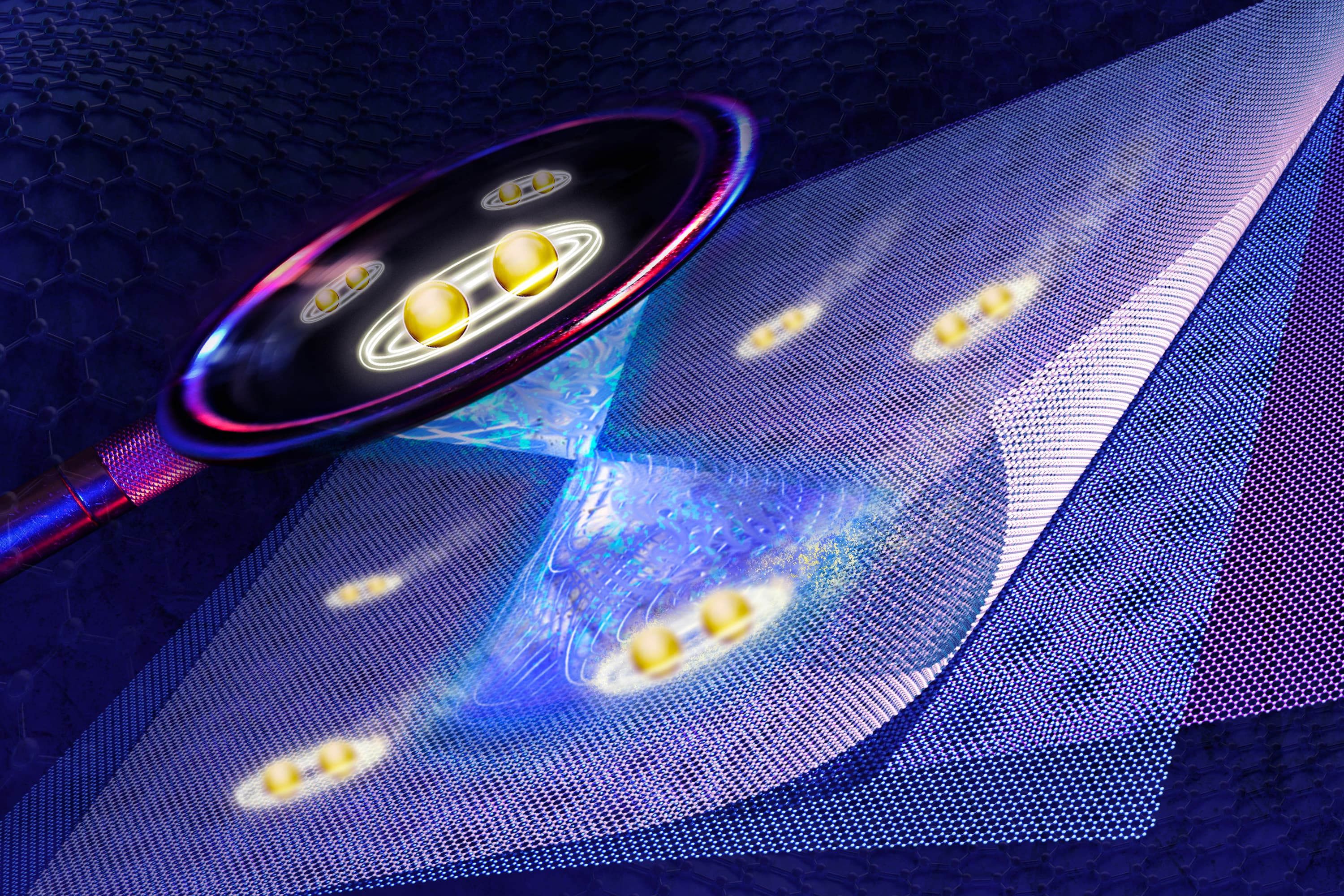MIT Breakthrough Unveils Key Evidence for Room-Temperature Superconductor Design

Cambridge, MA – Physicists at the Massachusetts Institute of Technology (MIT) have reported significant evidence of unconventional superconductivity in "magic-angle" twisted tri-layer graphene (MATTG), a discovery that could profoundly influence the quest for room-temperature superconductors. The research provides the most direct confirmation yet of this material's unique superconducting properties, offering new insights into mechanisms that could lead to the "Holy Grail" of the field. Dr. Pablo Jarillo-Herrero, a professor of physics at MIT and a member of the research team, stated, "This understanding may guide the design of superconductors that work at room temperature, for example, which is sort of the Holy Grail of the entire field."
The MIT team measured MATTG's superconducting gap, a critical property indicating the resilience of a material's superconducting state. Their findings revealed a distinct V-shaped profile, differing significantly from conventional superconductors and suggesting an unconventional electron pairing mechanism. This deeper understanding of how electrons pair in such materials is crucial for developing superconductors that can operate at higher, more practical temperatures.
The pursuit of room-temperature superconductivity has long been a central challenge in physics, with most known superconductors requiring extreme cryogenic cooling or immense pressures. While materials like hydrides have shown superconductivity at near-room temperatures, they typically demand pressures akin to those found at the Earth's core. These high-pressure conditions render them impractical for widespread application.
The field has also seen recent controversies, such as the claims surrounding LK-99, a modified lead-apatite material. Initial reports suggested LK-99 exhibited room-temperature superconductivity at ambient pressure, sparking immense excitement. However, subsequent independent replication efforts largely failed to confirm these claims, underscoring the rigorous scientific scrutiny required for such groundbreaking discoveries.
Achieving a practical room-temperature superconductor would revolutionize numerous technologies by enabling electricity transmission with zero energy loss. This breakthrough could lead to highly efficient power grids, advanced medical imaging devices like MRI machines, compact and powerful motors, and transformative advancements in quantum computing. The ongoing research into unconventional materials like MATTG represents a promising pathway toward these future applications.